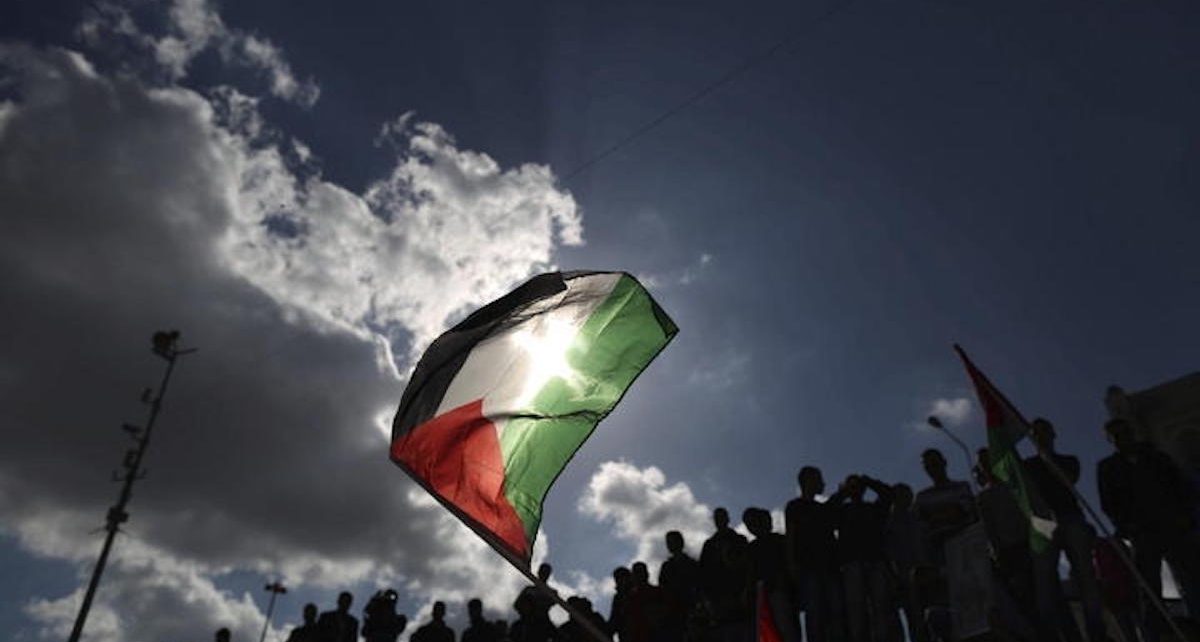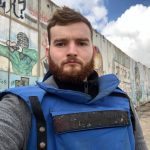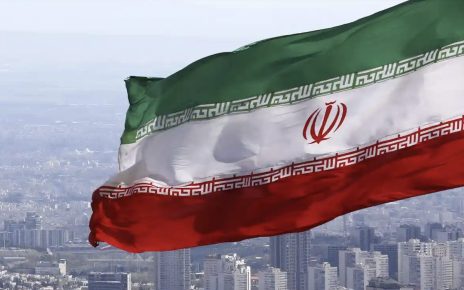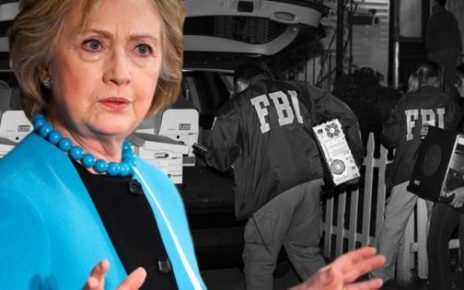In the wake of the latest attack in Tel Aviv, leaving three dead and the entire city on lockdown, Israel’s occupation forces have set their sites on the West Bank city of Jenin. The escalation is however, not just limited to one area and is paving the way for a larger Palestinian armed revolt.
Last month three attacks inside Beersheba, Hadera, and Tel Aviv, resulting in the deaths of 11 Israelis, took the Israeli security establishment by shock. The first attack, carried out by a Bedouin citizen of Israel named Mohammed Abu al-Kian, in the Negev area, was followed days later by an attack by two Palestinian citizens of Israel south of the city of Haifa. The two Palestinians, from Umm al-Fahm, took up arms against militarized police forces and were killed in the process. These two attacks completely blindsided Israel’s intelligence and security establishment, not aware that the government’s policies had led to such a serious deterioration in the regime’s relationship with these communities.
Instead, Israeli forces were primarily focused on possible attacks against their forces and settlers in the West Bank, where young Palestinians have been rapidly taking up arms to expel the occupying power. In addition to this it was expected that Palestinians in East Jerusalem, facing an ongoing home demolition campaign and crackdowns on their ability to access religious sites would see backlash.
On the 29th of March, another attack occurred, this time killing 5 Israelis in the Bnei Brak area of Tel Aviv. The shooter, Diaa Hamarsheh, was from the village of Ya’abad in Jenin (West Bank) and belonged to the recently revived Al-Aqsa Martyrs brigades. Named Kataeb Shuhada al-Aqsa, in Arabic, was once the official guerrilla wing of the ruling Fatah Party in the West Bank and belonged under the control of former Palestinian President Yasser Arafat. However, the military wing was disbanded by Fatah following the end of the ‘Second Intifada’ in 2006, with an agreement arranged in July 2007 to grant the fighters amnesty and to integrate them into the Palestinian Authority security forces.
Since then the al-Aqsa Martyrs brigades had been all but dormant, with their former leader Yasser Arafat dead and both Zakaria Zubeidi and Marwan Barghouti serving life sentences in Israeli military prisons. Suddenly, over the past few years the Al-Aqsa Martyrs brigades have seen a revival, with many younger Palestinians aligned with the Fatah movement starting their own seemingly non-aligned cadres. In 2021, during the May war with Gaza, the group again popped up making a number of threats to Israel but were largely ignored as primarily being for show.
The most recent attack, carried out in the heart of Tel Aviv last Thursday, committed by Raad Hazem, seems to have confirmed that the Al-Aqsa Martyrs brigades are no longer just talk — their members are fully committed to action. The attack managed to kill three Israelis, injuring ten others, some of whom are believed to still be fighting for their lives in the hospital. The shooting brought thousands of Israeli gunmen to the streets of Tel Aviv, including special forces units from the military, the Shin Bet and others, none of which were able to locate the shooter. Raad, who is from Jenin in the West Bank, managed to flee to the city of Jaffa, where he was assassinated by Israeli forces the next morning. All transportation was shut down in Tel Aviv on the night of the attack and the entire city was brought to a standstill. Two Israeli off-duty soldiers were included in the dead. They were; Tomer Morad, reported to have been an officer in the Israeli military’s Nachal Division and Sergeant-Major Eytam Magini, who was said to have been part of a submarine unit in the Israeli navy.
On Saturday morning Israeli occupation forces raided Jenin refugee camp, where the shooter was from, attempting to arrest his father. The Israeli forces allegedly surrounded his home, before being ambushed by Palestinian resistance forces who inflicted a number of injuries on the soldiers and forced them to retreat, losing one of their own fighters in the process. The group responsible for the ambush was the ‘Jenin Brigades’, which belongs to Saraya Al-Quds [the Jerusalem brigades], the military wing of Palestinian Islamic Jihad (PIJ). The Jenin Brigades announced their revival in the refugee camp in September of 2021 and have since carried out over 100 shooting attacks against Israeli occupation forces.
Israeli security analysts now believe that the Palestinian Authority (PA)’s security forces, which openly collaborate with Israel’s occupation army in the West Bank, have lost control of Jenin. Although late last year the PA entered the area in an attempt to cut down military group activities, a move highly praised by Israel’s Defence Minister, Benny Gantz, the armed groups only seem to grow stronger.
Although they have not been too active as of yet, it is expected that Hamas’ armed wing the Al-Qassam Brigades may also emerge from Jenin and other areas. In Jenin, the presence of Hamas is not as great as it is in areas like Al-Khalil, where it is not able to flourish due to strict Israeli and PA control. However, in Gaza the group has a large reputation as the strongest force in the besieged coastal enclave, one that Al-Qassam is likely looking to live up to in the West Bank.
It is clear that the Palestinian armed groups are a mix of both Islamist and secular groups, with the younger generation of guerrilla fighters not caring so much for group affiliation as was the case in the past. The ‘Joint Room’ of armed resistance factions in the Gaza Strip also seem to represent the merging of groups into a unified front as well, although it is the Hamas Party which governs the besieged coastal enclave.
The Palestinian armed groups in Gaza have now explicitly warned Israel, that a full scale invasion of Jenin will result in a strong response from Gaza, likely rocket fire. Israeli forces are also brutally cracking down on Ramadan gatherings in the Damascus Gate area of Jerusalem’s old city, both obstructing and denying entry to worshippers seeking to enter the al-Aqsa Mosque. If Al-Aqsa comes under attack again, this will also trigger an immediate response from Gaza and perhaps a regional response, according to Lebanese Hezbollah.
The Palestinian people of the West Bank have been living through a period of complete hopelessness that their lives will improve. A whole new generation has grown up who do not even remember the “two-State solution” talks of the prior era. All they see is an Israeli regime incapable of even entertaining the idea of talking to a corrupt Palestinian leadership. So as a response, the young are taking up arms and will not stop until they achieve the objective of ending Israel’s occupation and settlement expansion. This is the beginning of the Third Intifada, it is rising in the West Bank and even if Israel manages to kill every fighter in Jenin today, others will pick up their guns to fight.
On the 13th of November 1974, the then leader of the Palestine Liberation Organisation (PLO), Yasser Arafat said the following at the first address of a PLO member to the United Nations General Assembly (UNGA):
“I come to you bearing an olive branch in one hand and a freedom fighters gun in the other. Do not let the olive branch fall from my hand. Do not let the olive branch fall from my hand!”
The olive branch has now fallen.





